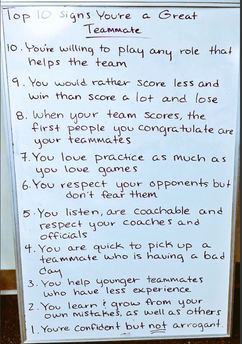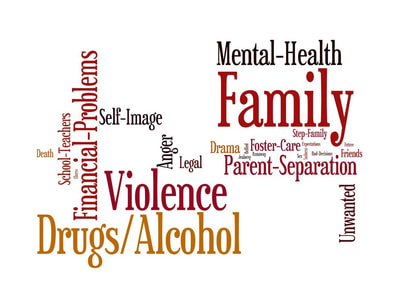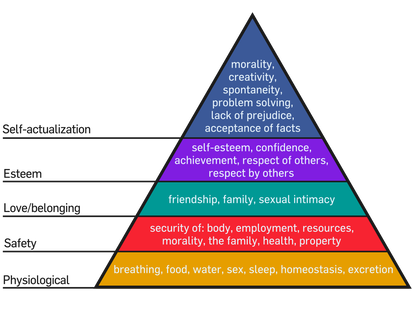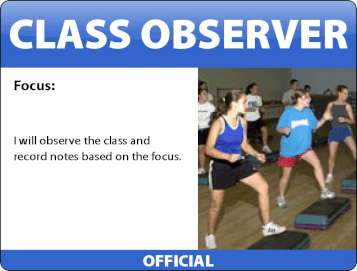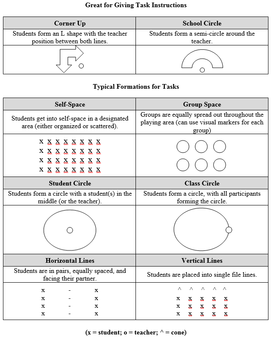Class Management Overview
The key to class management is developing relationships with your students and creating a positive class environment. Both of these outcomes do not occur automatically and take intentional effort. See the resources on our class management pages to help you, as well as our Social and Emotional Learning page and our Miscellaneous Articles and Videos page (Relationships and Student Motivation section).
our other webpages for Classroom Teachers
- Domains of Learning: Example verbs and learning objectives for a variety of learning domain taxonomies.
- English Language Learners: Information on how to teach ELL students, regardless of the content area.
- Examples of How to Make Learning Active: Examples of combining other content areas with physical activity.
- Games and Activities: Compilation of websites that provide resources on physical education activities.
- Icebreakers and Teambuilding Videos: Name games, icebreakers, teambuilding, and conflict resolution activities. Directions are also available via PDF.
- Importance of Recess, Play, and Active Classrooms: Guidelines and resources for recess, play, and active classrooms.
- Stress Management Techniques: Information and resources on easy stress management techniques for students.
SHAPE America Appropriate Practices
- 1.1.1 The teacher systematically plans for, develops and maintains a positive learning environment that allows students to feel safe (physically and emotionally), supported and unafraid to make mistakes.
- 1.1.2 The environment is supportive of all students and promotes developing a positive self-concept. Students are allowed to try, to fail, and to try again, free of criticism or harassment from the teacher or other students.
- 1.1.3 Programs are designed to guide students to take responsibility for their own behavior and learning. Emphasis is on intrinsic, rather than extrinsic, incentives.
- 1.1.4 Fair and consistent classroom-management practices encourage student responsibility for positive behavior. Students are included in the process of developing class rules/agreements.
